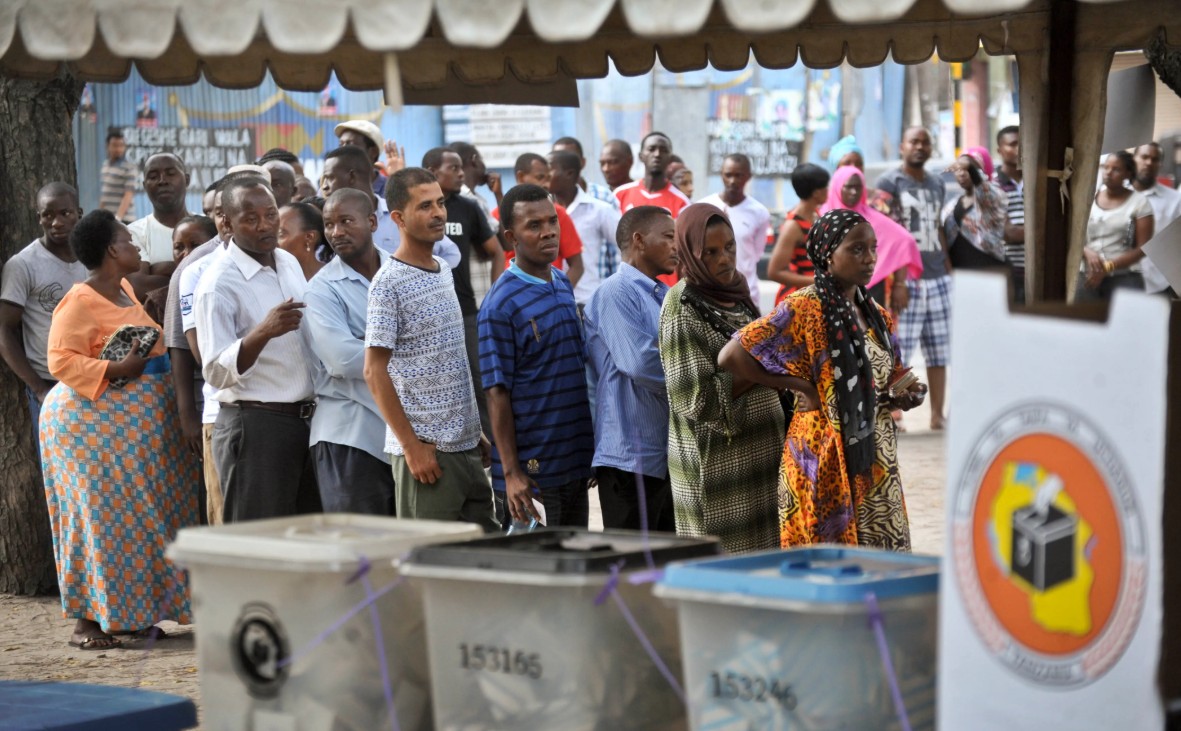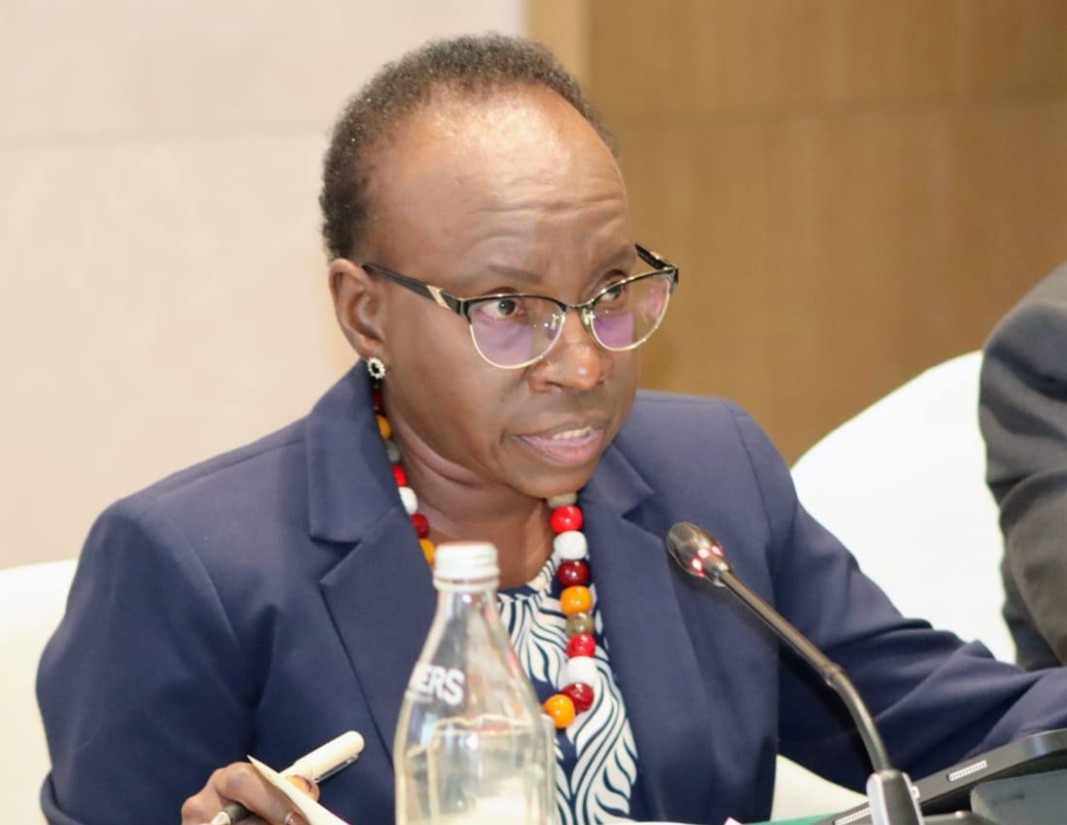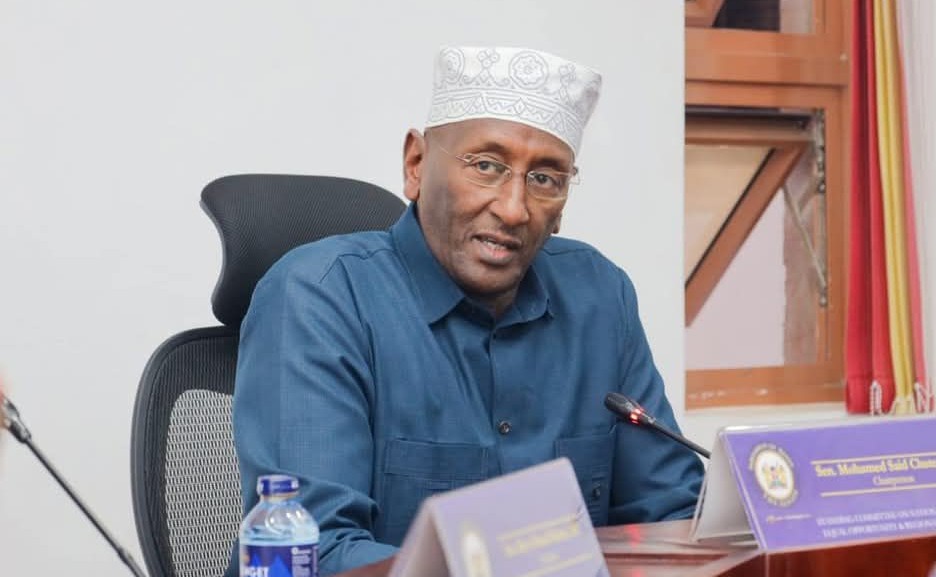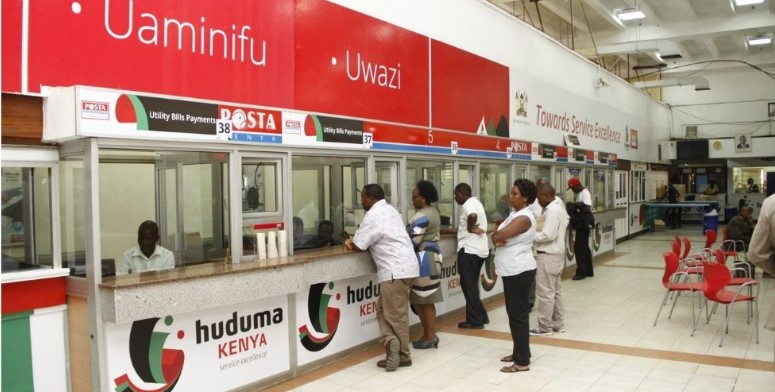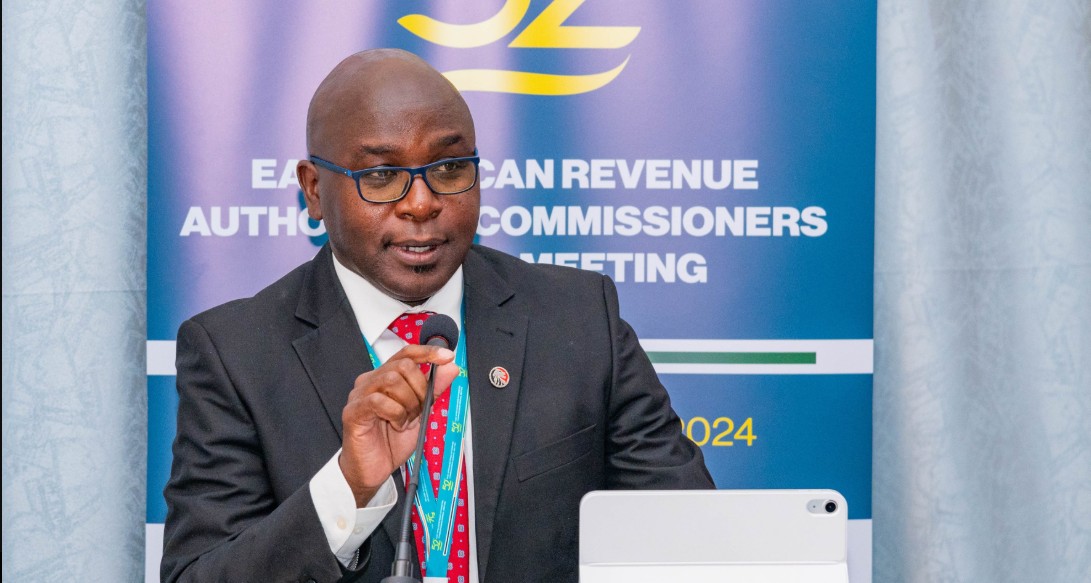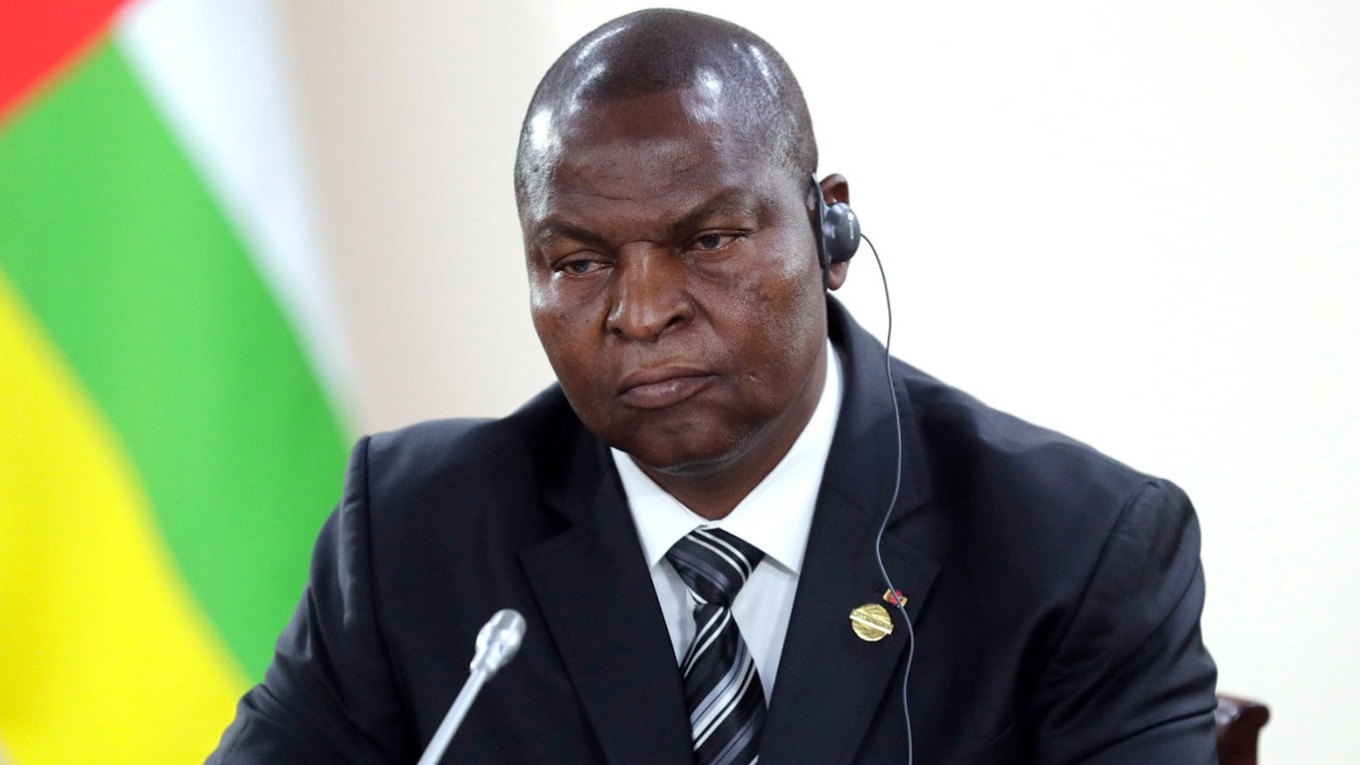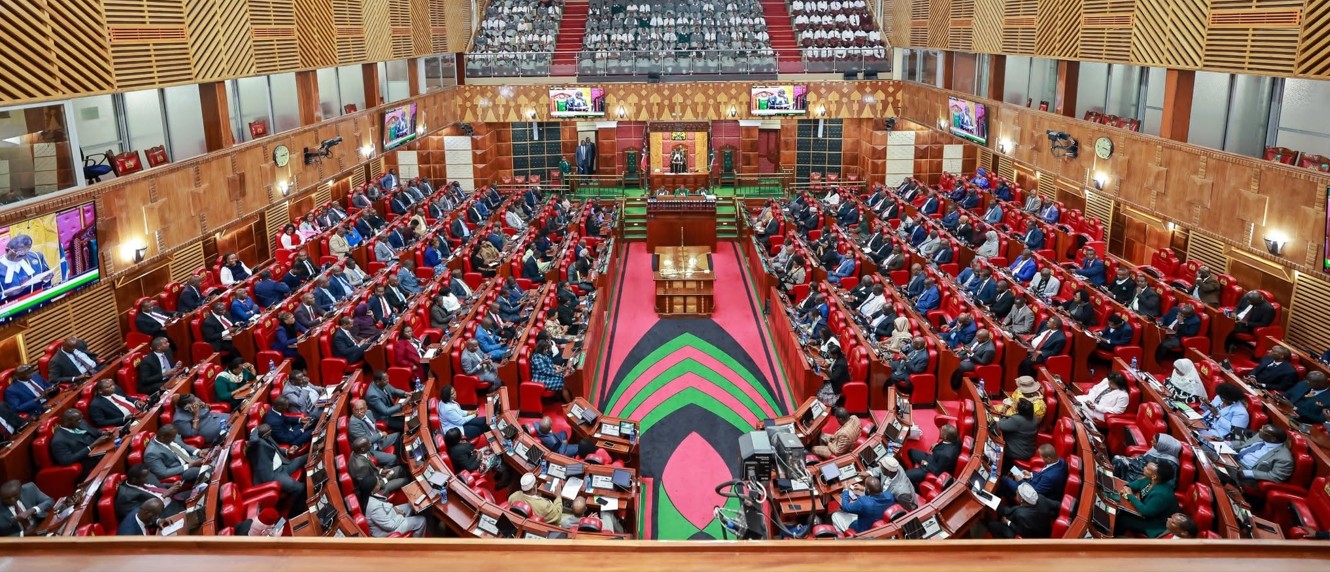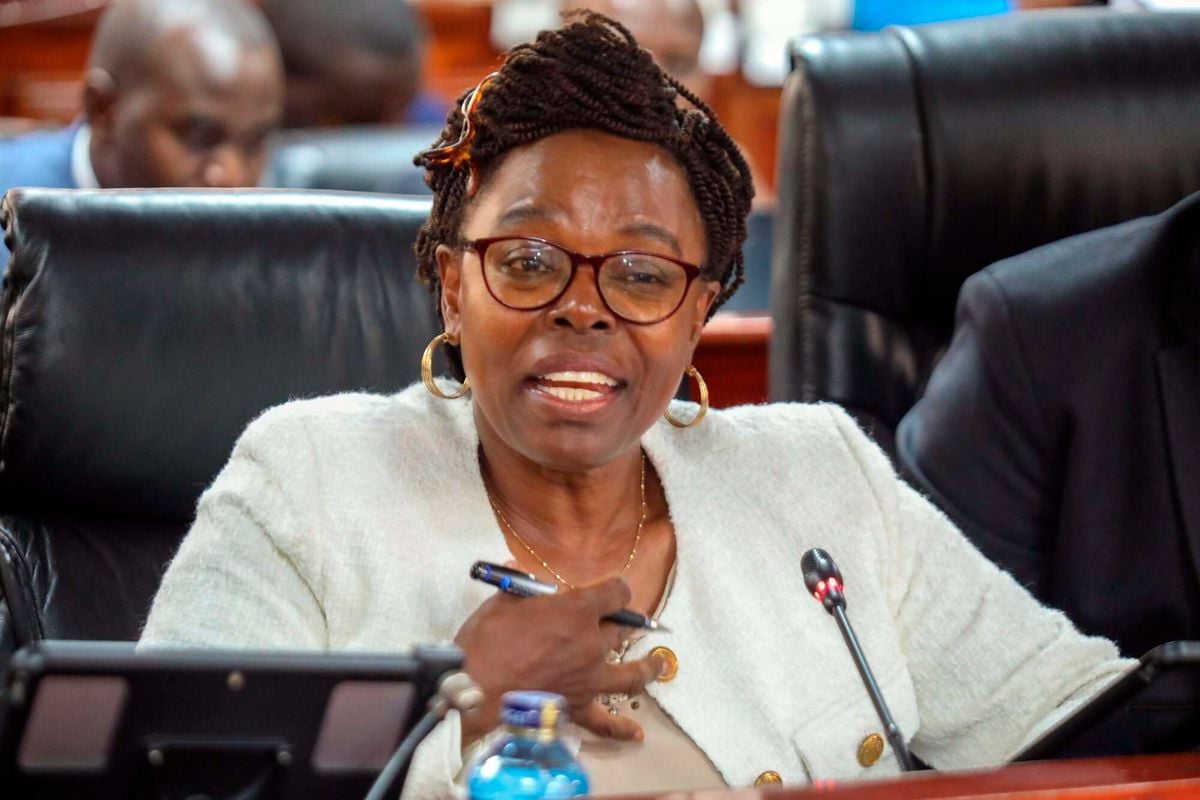Govt to slash civil servants’ hardship allowances in policy overhaul, saving Sh6bn annually

A review showed that several places listed under the hardship category had seen changes after the 2013 shift to a devolved system of governance.
The government will cut hardship allowances paid to thousands of civil servants after approving a long-delayed review of regions classified as hardship areas.
Prime Cabinet Secretary Musalia Mudavadi told the National Assembly that the changes will save the government Sh6 billion each year.
More To Read
- Fresh rift between SRC and PSC over legal officers’ special allowances
- UHC: MPs back motion seeking to compel civil servants to use public hospitals
- Kabogo denies Ruto targeting Mt Kenya civil servants, blames Gachagua for divisive politics
- Teachers win big after securing Sh33 billion pay deal with TSC
- Government suspends hardship area classification after public backlash
- Government to roll out app monitoring civil servants’ attendance, working hours
“I wish to inform the House that the implementation of the Inter-Agency Technical Committee report will reduce the financial implication for payment of hardship allowances from Sh25 billion to Sh19 billion per annum, thereby making a Sh6 billion saving by the government,” he said.
The report, which was completed in 2019, has been pending for years. It reviewed how hardship areas are identified and how the allowance is paid to government workers across different sectors.
Mudavadi said the team consulted widely and found that some areas that were listed as hardship no longer meet the standards.
The review showed that several places listed under the hardship category had seen changes after the 2013 shift to a devolved system of governance.
These areas have experienced social and economic growth, including better access to water, health, transport, and education services.
Mudavadi said the findings were handed over to the Salaries and Remuneration Commission, which is expected to set new rates.
The reviewed list has also been sent to the Chief of Staff and Head of Public Service to begin the gazettement process.
The report also pointed out that not all public servants in hardship regions receive the allowance, with some being left out due to unclear policy guidelines. In some cases, only certain parts of a county or sub-county qualify, yet others in the same area miss out.
“It is noted that the units of analysis for designated hardship areas are not harmonised. The civil service, for instance, uses the former district boundaries while the Teachers Service Commission (TSC) uses educational zones for categorisation,” Mudavadi said.
Currently, the classification of hardship areas varies across the public sector.
The civil service, county governments, and parastatals recognise 16 hardship areas, while TSC lists 44 and the Judiciary 21. This lack of a unified approach has caused confusion and complaints.
MPs have raised the matter in Parliament, with many calling the existing classifications unfair.
Nyando MP Jared Okelo asked a question on the issue last month, prompting calls for a proper review to reflect current realities.
Hardship allowances were introduced in 1969 to support officers working in remote and underdeveloped areas. These are regions that lack basic services like food, water, transport, communication, and health.
Mudavadi said the aim is to apply one clear policy across all arms of the public service, so the allowance can be shared fairly based on clear and current standards.
“The proposed harmonisation of the designated hardship areas in the public service” will guide this process, he said.
The move is expected to affect workers who have long relied on the hardship allowance, as some may lose the benefit once the revised regions are made public.
Top Stories Today
Reader Comments
Trending

